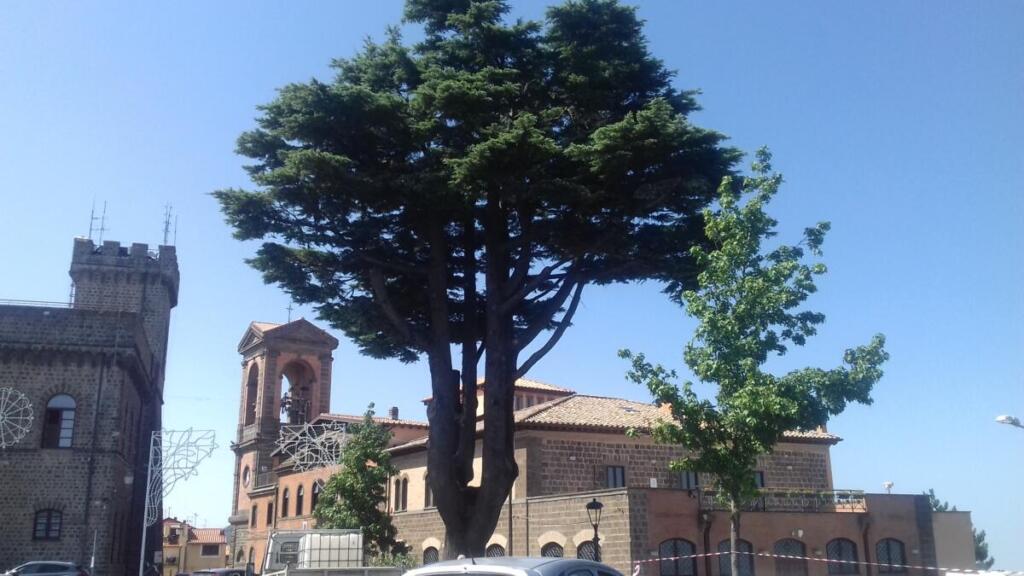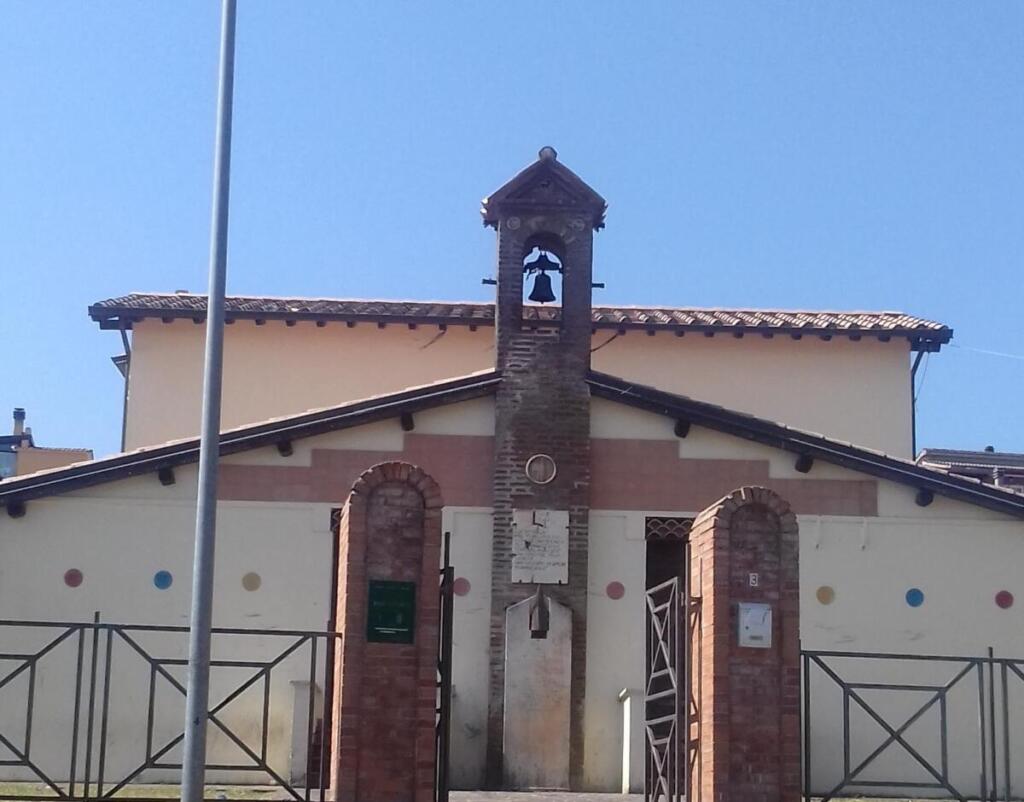As I head towards Rocca Priora climbing the "Montagna Spaccata" I think of all the cyclists who struggled on their bicycles during the Giro del Lazio and I remember the smell of moss in winter when I went in search of it to prepare the nativity scene.
Walking through the chestnut groves I am reminded of the mushrooms found in the colourful autumn forest and the climb is less tiring thanks to the crisp air that refreshes lovers of paths immersed in nature even in summer.
For some time, many have travelled on foot or by bike the Way of the Springs which is abundant in the territory of Rocca Priora!
Suddenly I see the town that stands perched on a high hill and from its 768 meters above sea level I embrace the view of the Castelli Romani and the Latina Valley.
According to some historians, the ancient Corbium stood here, the Latin city occupied by Coriolanus in 486 BC, while its name derives from the medieval Perjura. In fact, in the Chronicle of Subiaco there is talk of a Castrum Arcis Perjuriae granted by Agapito dei Conti di Tuscolo (Counts of Tusculum) to his daughter.
The document dates back to the 11th century and testifies that the history of the town is very ancient since the "castle" belonged to the noble family of the Counts of Tusculum, like the nearby castles of Molara and Rocca di Papa.
Then the castle passed to the Annibaldi, after the destruction of the city of Tusculum in 1191 AD.
Today the town has grown from the castle towards the valley, gradually welcoming many Romans and "foreigners", as my grandparents once called them.
They also told me how its ancient inhabitants were carters of snow accumulated in underground wells and then brought to Rome in the form of ice, useful for preserving food when refrigerators did not yet exist.
I remember the cold I felt as a child in August in the cave that had been dug underground inside my grandparents' "fraschetta". Here the wine was kept well and then sold to vacationers who never lacked in the summer months.
Over time, the villagers have turned from being farmers and woodcutters into citizens of a global world and have discovered what it means to be an "open community".
In recent years, it has been the children who have taught their fathers what integration is by uniting Roccaprioresi and newcomers in the game park.
Much of the merit went to the Duilio Cambellotti school where sharing is taught from childhood. In fact, it is impossible not to remember the joy felt at Christmas after the children's recitation, exchanging "traditional sweets" of different but equal families, able to look into each other's eyes and share smiles!
The name of the school itself recalls an important artist, Duilio Cambellotti, who worked in 1912 together with Giovanni Cena to create a small school for farmers in Colle di Fuori, in the Rocca Priora area. The teacher arrived from Rome by train and with the sound of the bell he called the children together for education.
Even today, you can visit the building designed by Alessandro Marcucci and decorated with six splendid panels painted by Cambellotti, now kept in the Museum of Didactics at the University of Roma Tre.
Inside there is the library which together with the school is the centre where the citizens of this open and supportive town come together, with inhabitants capable of questioning and welcoming; a place where you can continue to grow with the healthiest values of the civil community!

Rocca Priora, a sweet village on a steep slope
- Capretti
- Category: Special Places
- LAZIO • ROMA • Rocca Priora
powered by social2s






Follow us